Paul's Experience: An Illustration of How Third-Party Cookies Work
Let's imagine Paul, looking for shoes for his sister's wedding. After a search session on several sites without making a purchase, he found himself, a few days later, faced with shoe advertisements on his Facebook news feed, including from brands he had not consulted. How is it possible ?
The Detailed Process Behind Personalized Ads
Step 1: Creating the Cookie
When Paul logs into Facebook from his computer, the Meta Ads third-party "fr" cookie is created via the "Set-Cookie" HTTP response header. This cookie, unique and stored for 90 days, has the identifier "123456789xyz".
Step 2: Visiting the Websites
Three weeks later, Paul visits shoe sites that include codes that send the cookie ID to Meta Ads for each page viewed. Thus, Meta Ads enriches its knowledge of Paul's interests.
Steps 3 and 4: Repeating the Process
That same day, Paul visits other sites, repeating the process and allowing Meta Ads to collect more information about his interests.
Step 5: Displaying Ads
When Paul browses Facebook via his phone, Meta Ads, recognizing the identifier "123456789xyz" associated with Paul, presents him with targeted advertisements based on his recent visits to shoe sites.
Understanding the Impact of the End of Third-Party Cookies
The end of third-party cookies on Chrome represents a major turning point for digital marketing. These cookies play a crucial role in ad personalization, allowing advertisers to effectively target users based on their online interests and behaviors. Without them, targeting and retargeting strategies will have to evolve towards methods that better respect user privacy, while remaining effective.
Towards a Future without Third-Party Cookies
The transition to an internet without third-party cookies encourages digital players to explore new approaches to reach their audience. Solutions like Google's Privacy Sandbox offer alternatives aimed at balancing advertising personalization and privacy. The industry must therefore adapt to these changes, by developing innovative marketing strategies that respect personal data.
The end of third-party cookies on Chrome marks the end of an era and the beginning of a new one, where privacy protection takes center stage. Advertisers, publishers and platforms must now navigate this new environment, looking for solutions that reconcile marketing effectiveness and respect for the user.



Share: